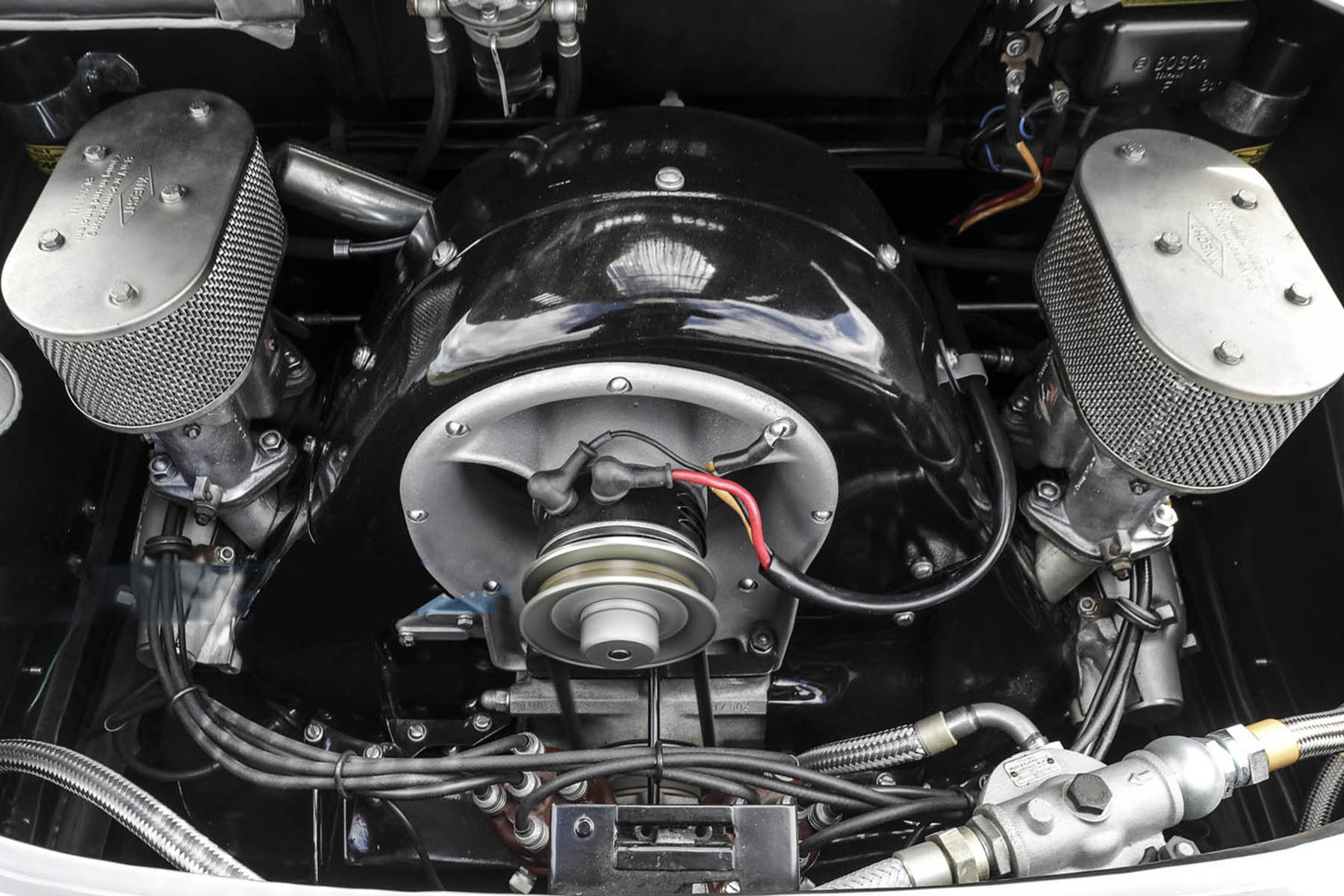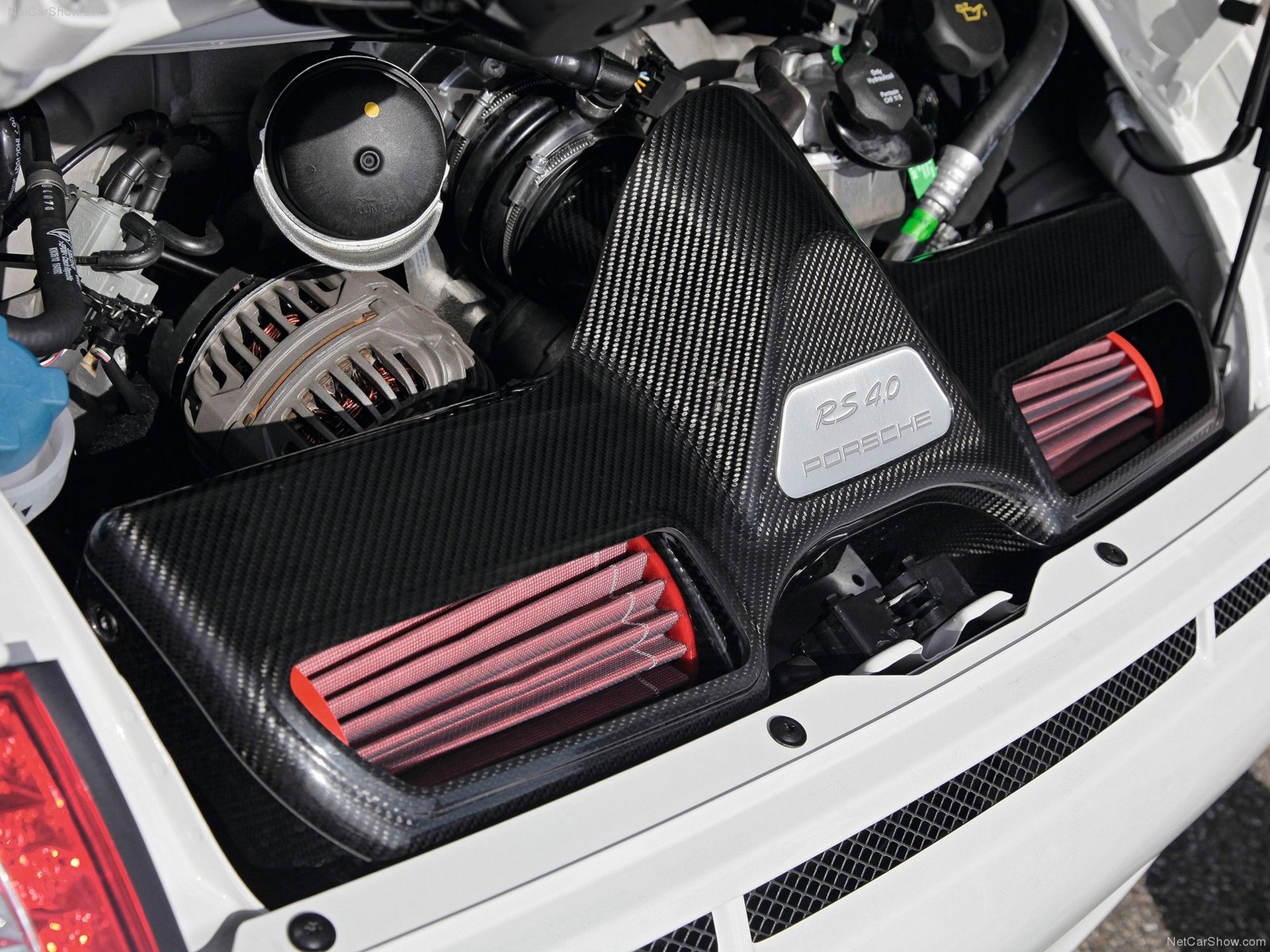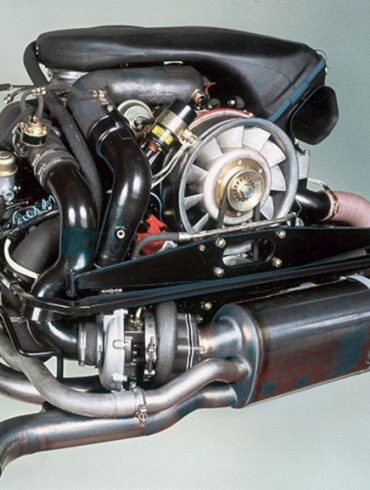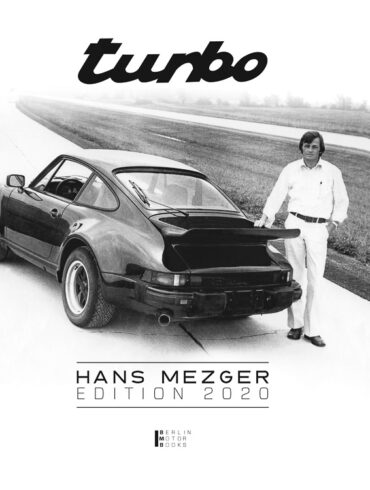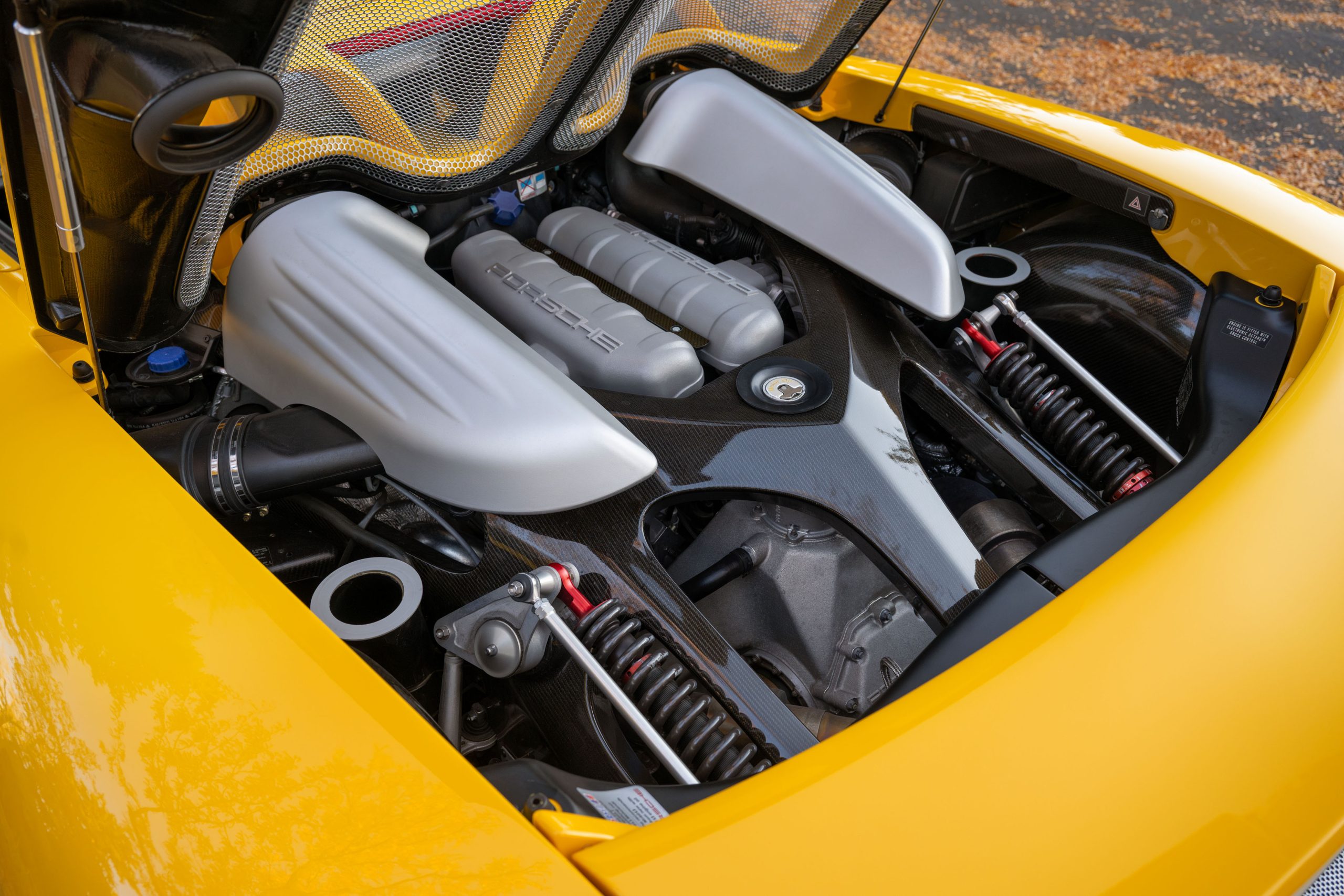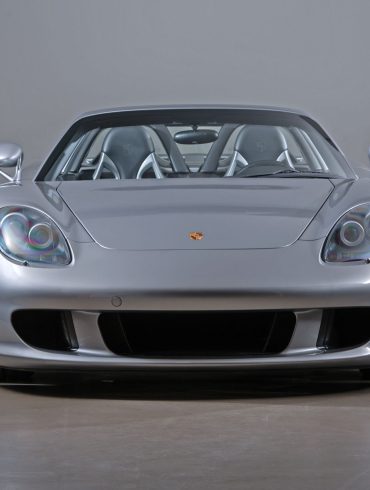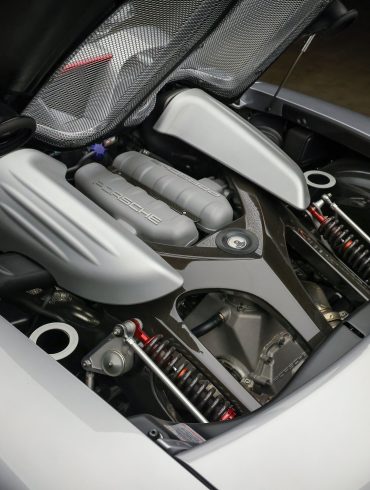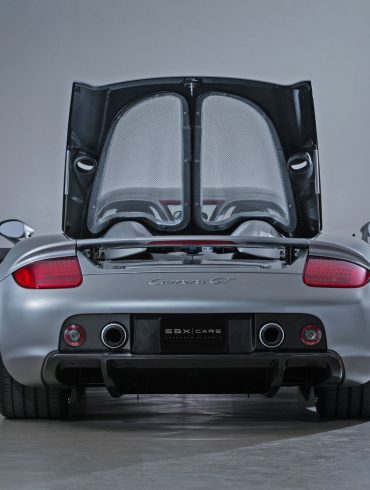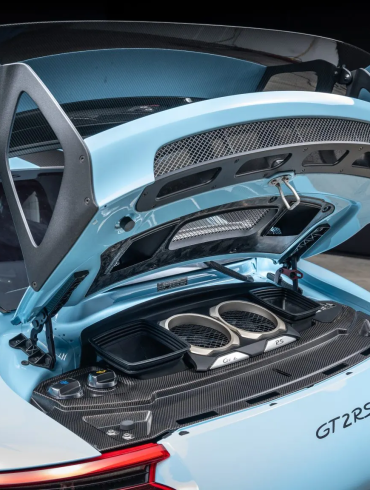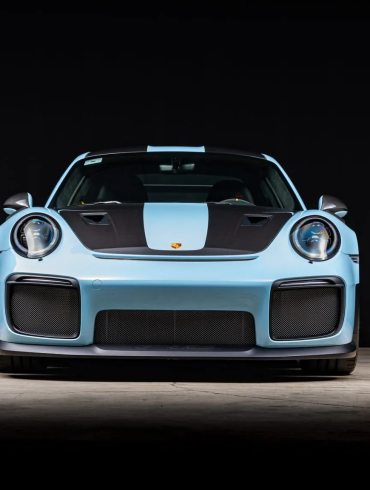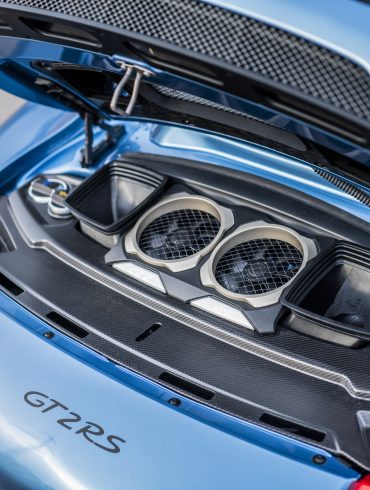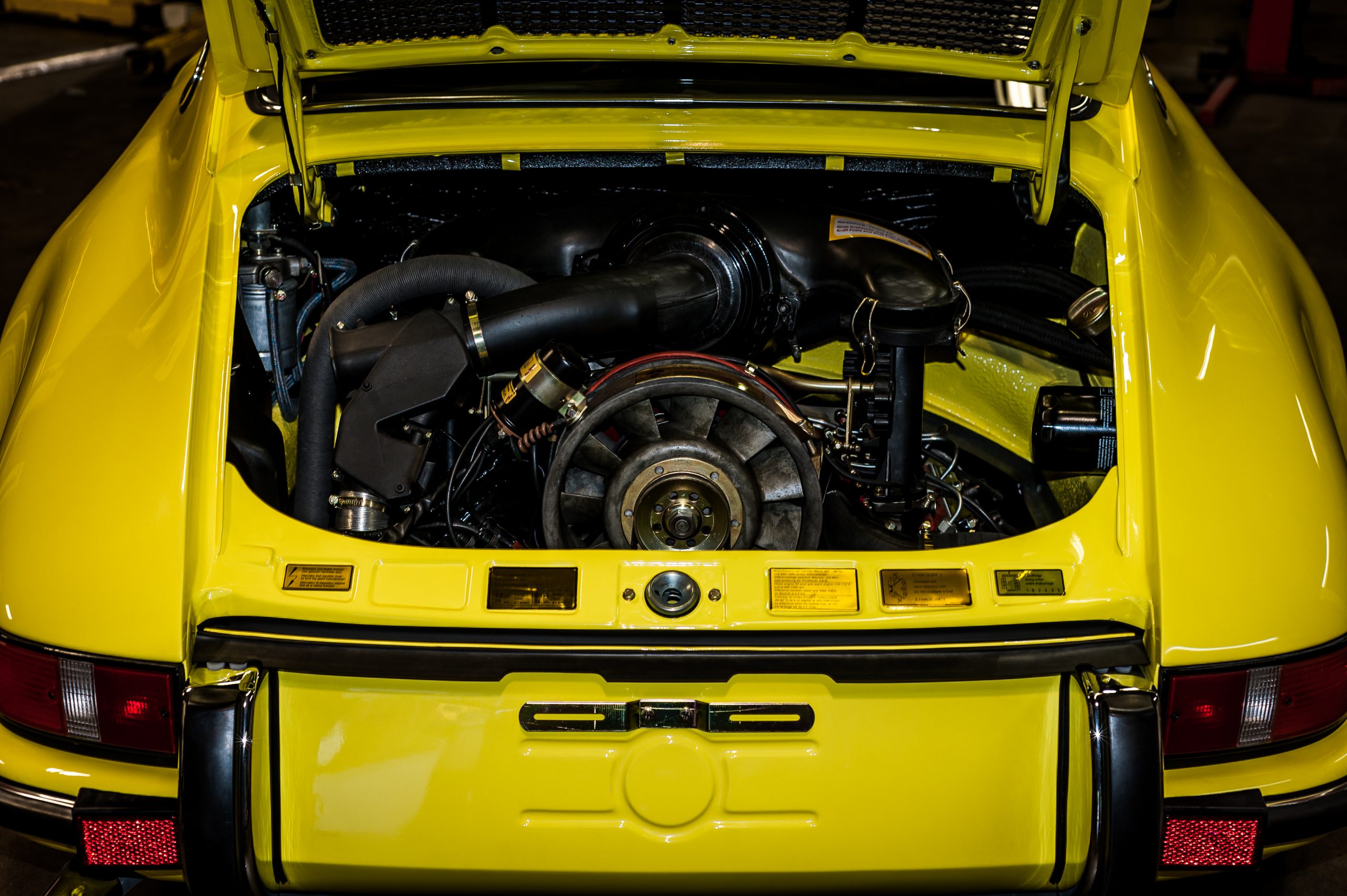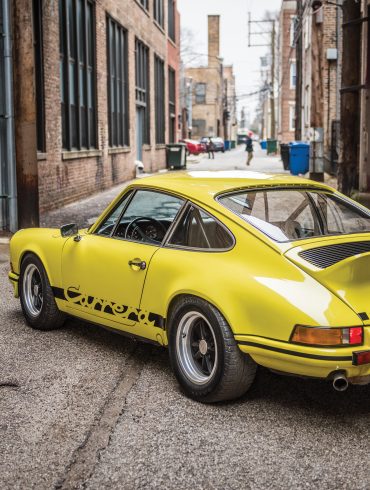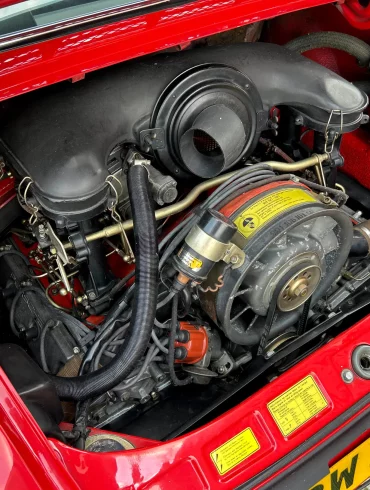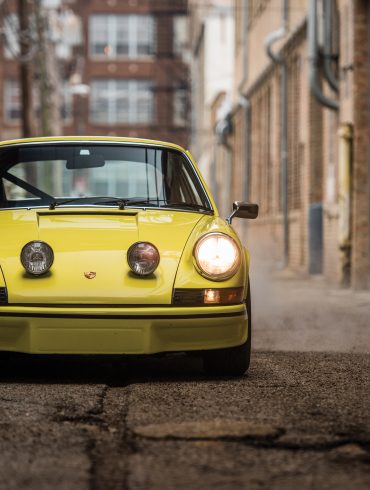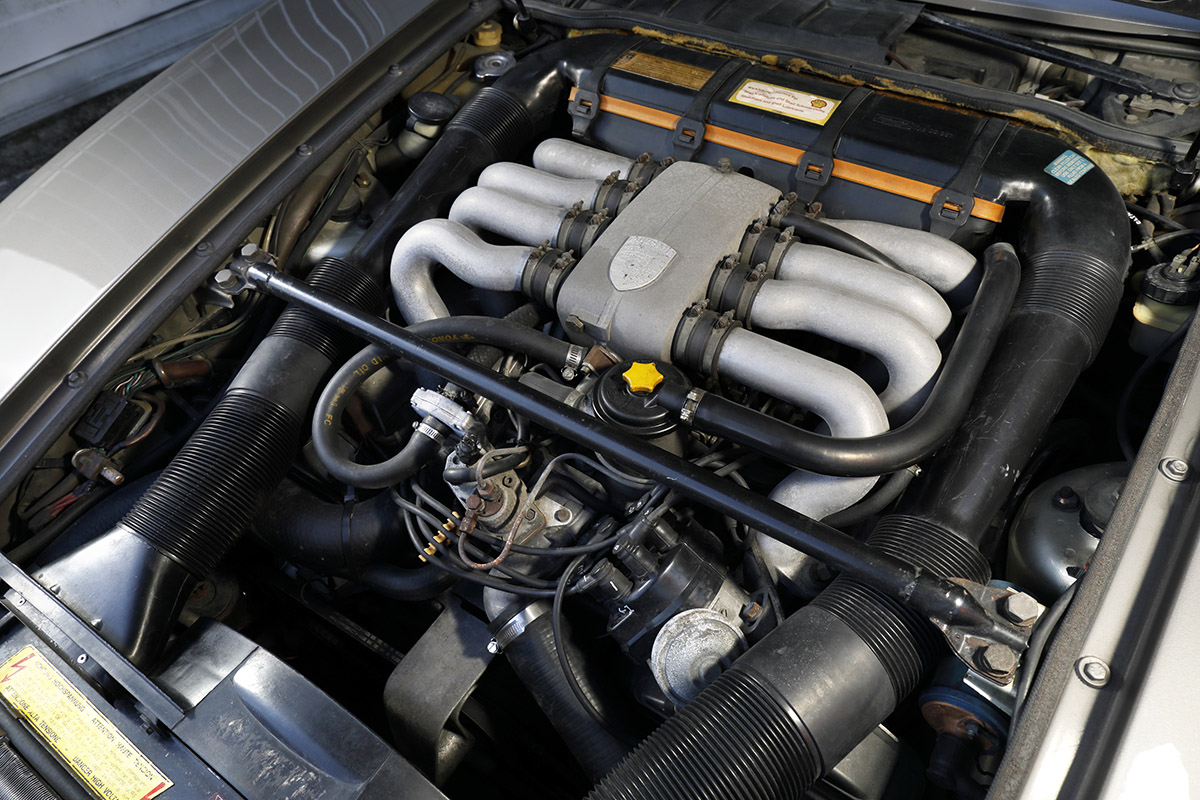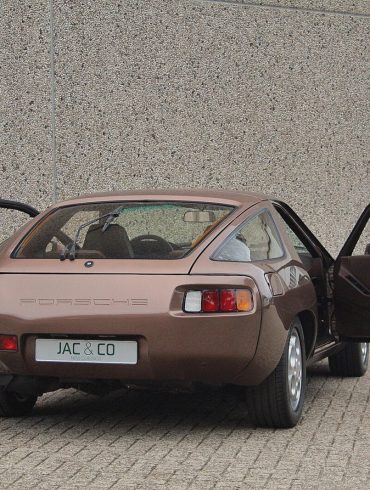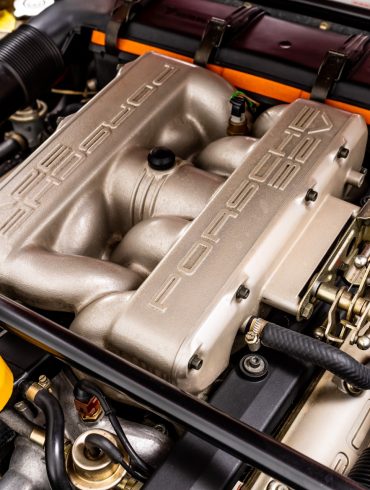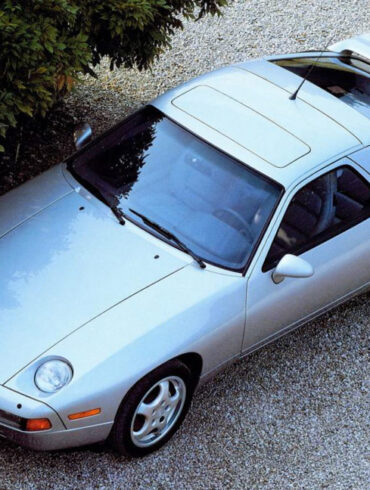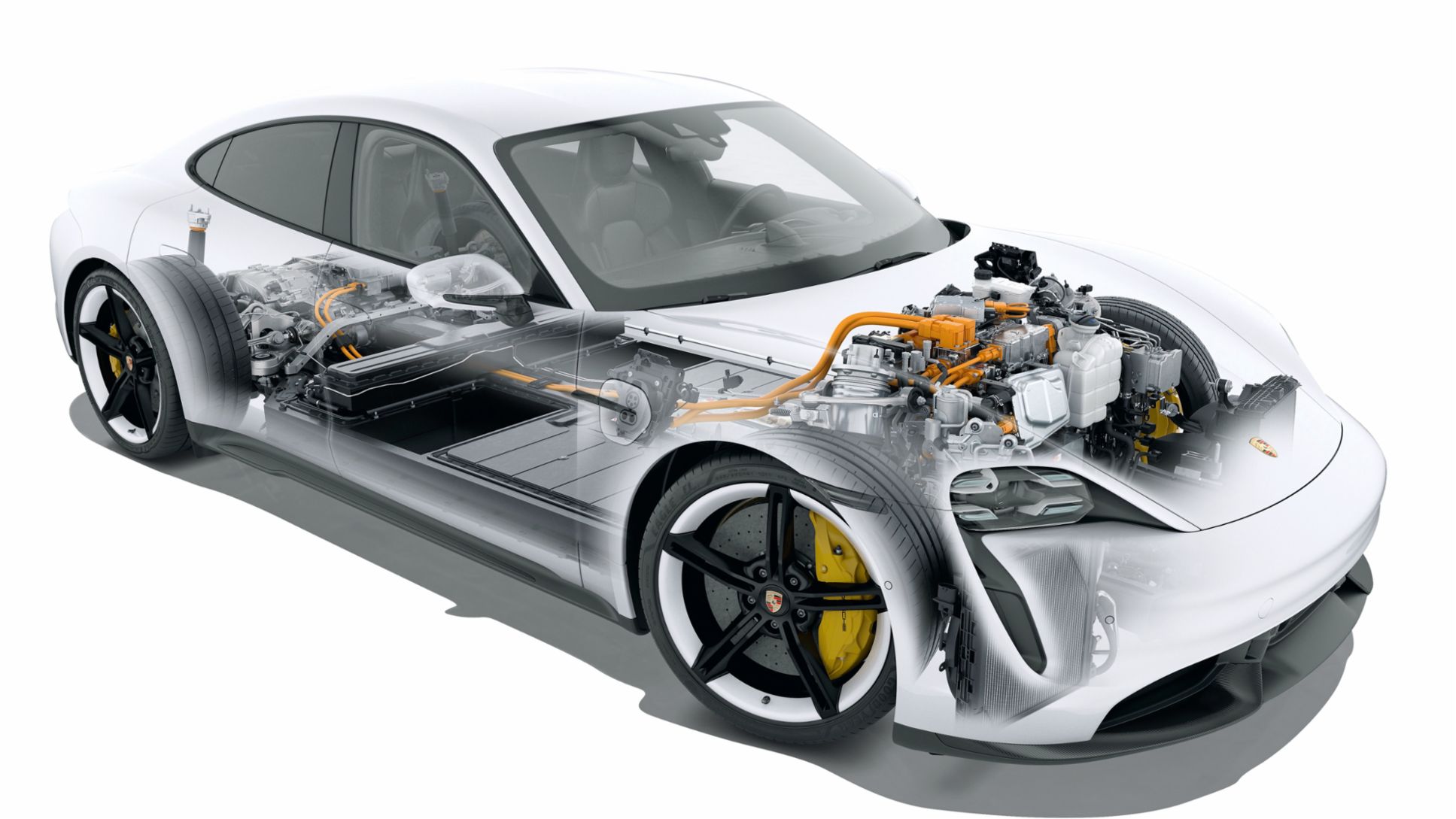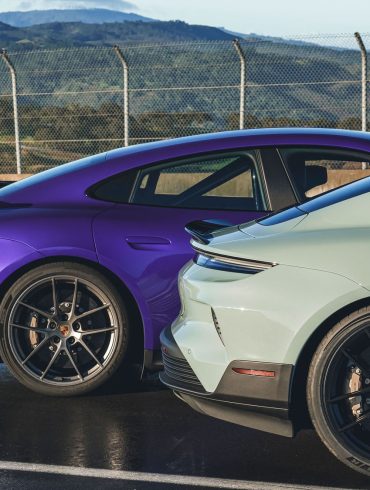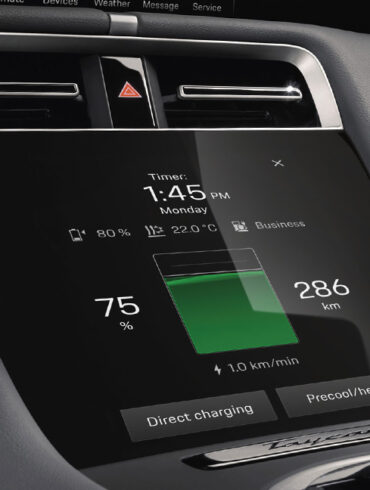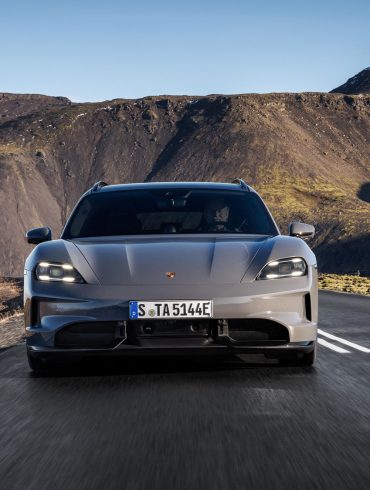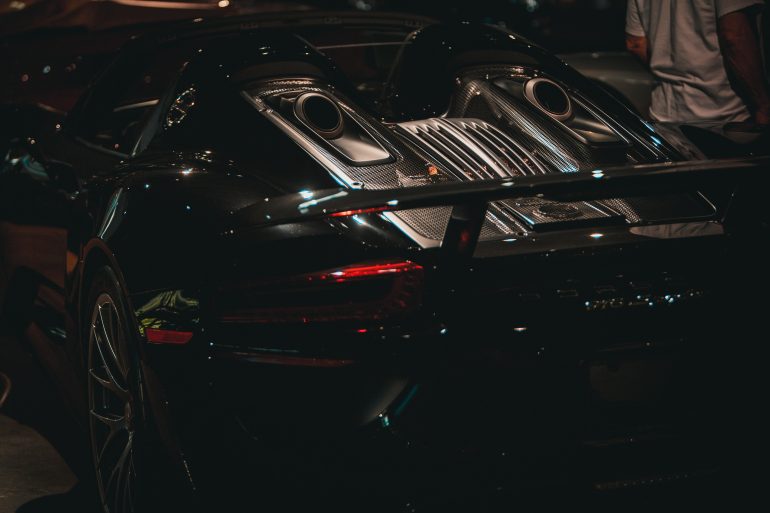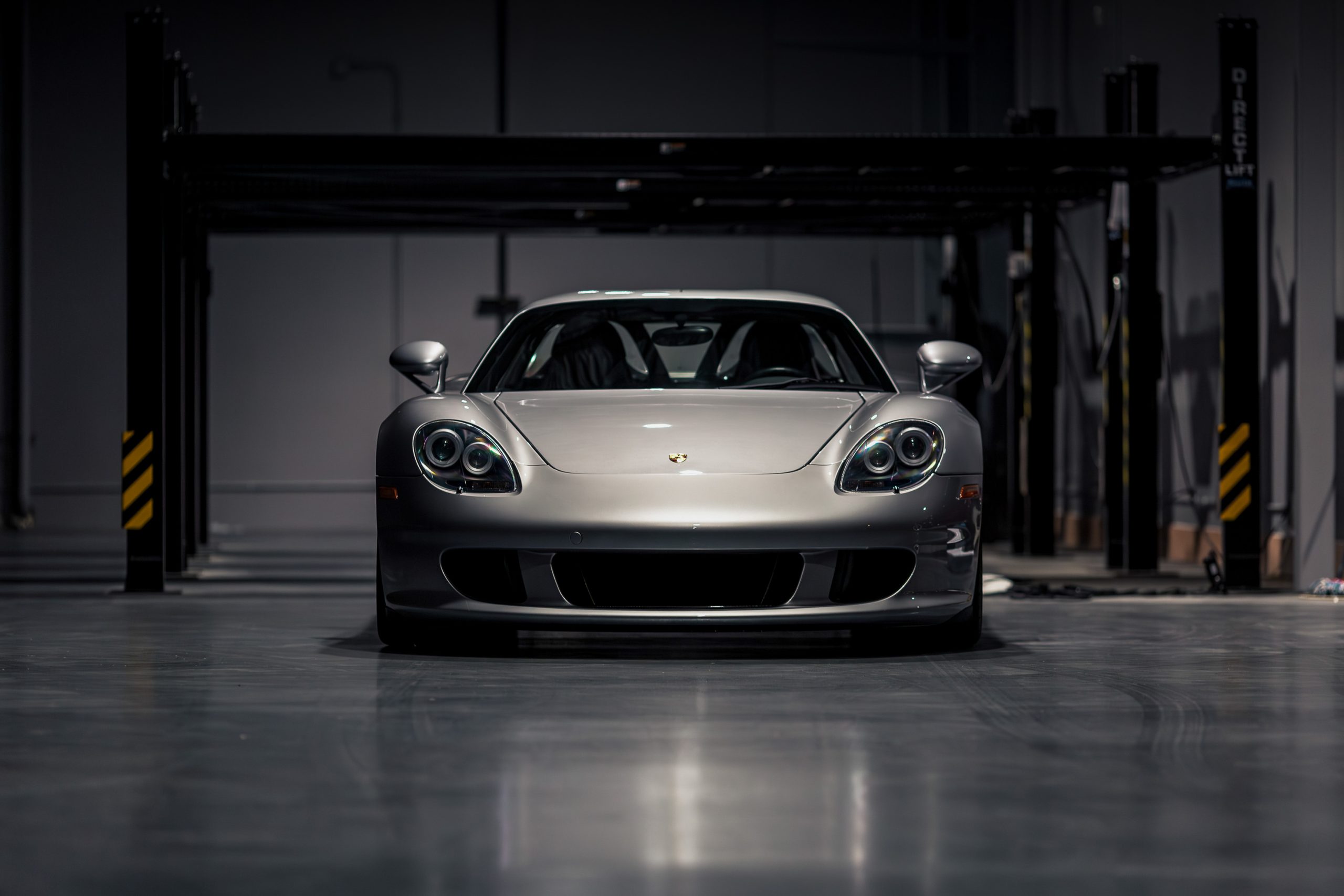About Our Selections
The journey of Porsche engines is arguably one of relentless innovation and pursuit of engineering excellence. It all began with an air-cooled, 1.1-litre flat-four. It was based on the engine case of a Volkswagen Beetle but featured new components like the cylinder heads, camshafts and intake manifolds. This modest powerplant, with 40 hp, powered the first-ever production Porsche, the 356. There were later variations of this engine for subsequent 356 models, but they mostly made under 100 hp.
Such humble roots demonstrate just how far Porsche engines have evolved, culminating in powerhouses that drive some of the best performance cars today. It is an evolution that has included standouts like the famous Mezger engines, the Carrera GT's motorsport-derived V10, turbocharged V8s and even the dual permanent magnetic synchronous AC motors at the heart of Porsche's EV expansion.
Today, whether powered by fossil fuels or electricity, Porsche engines are associated with raw power, breathtaking performance and durability.
This article presents a snapshot of some of these legendary powerplants that have contributed significantly to Porsche's reputation as a performance titan in the automotive world.
Mezger 4.0 Flat-Six (Porsche M97.74) Engine
The last of the famous Mezger engines.
Why It's On The List
Hans Mezger is a Porsche legend. In charge of racing-car design and development in the '70s, he oversaw the development of projects like the fearsome 917 and the 911-derived 935s.
He was also primarily responsible for engineering the original flat-six design for the Porsche 911.
The original configuration of the 911 flat-six engine was named in his honour. Mezger engines were famous for several reasons, including their racing pedigree, raucous sound and responsive throttle performance.
The 4.0 naturally aspirated flat-six, the last of the Mezger engines, was a truly magnificent swansong. For one thing, at 4.0-litres (and still without turbochargers), it was the largest of all Porsche flat-sixes at the time.
It shares several components with the hardcore RSR race car, such as the crankshaft, the block, and the titanium rods. In the 911 (997) GT3 RS, it made almost 500 bhp at 8,250 rpm on a truly impressive 12.4:1 compression ratio.
Mezger 4.0-Litre Flat-Six Engine & Transmission Specifications
Engine: 4.0L flat-six
Engine Type: Naturally aspirated
Power: 493 hp @ 8,250 rpm
Torque: 339 ft-lbs @ 5,750 rpm
Transmission: 6-speed manual transmission
Known For
The Mezger 4.0-litre flat-six was renowned for its distinctive, high-pitched scream, creating an unforgettable auditory experience for drivers and enthusiasts alike.
The engine development was heavily influenced by Porsche's racing program, incorporating several technologies from the field of motorsports.
Learn More
M80/01 V10 Engine
The powerhouse behind one of Porsche's most legendary cars, the Carrera GT.
Why It's On The List
The M80/01 is a 5.7-litre V10 engine that stands as yet another testament to Porsche's unwavering pursuit of performance. The V10 engine's origins can be traced back to Formula One, where it saw a short and unsuccessful run in the 1992 Arrows FA12, ultimately being replaced by a more dependable Ford-Cosworth engine after only a few races.
It was then adapted for endurance racing and designed to be at the heart of Porsche's LMP1 project. Again, that project was shelved. Instead of discarding the engine, Porsche found a worthy platform in the Carrera GT.
This mid-engined supercar became the exclusive domain of the M80/01, its 603 horsepower and 434 lb-ft of torque delivered with a visceral, high-revving fury. The engine's 8,400 RPM redline and ability to rev freely to its limit created an intoxicating blend of sound and power.
The M80/01 is widely regarded as one of the best V10 engines ever made, and it's not all about its distinctive high-pitched wail. The V10 owes its legendary status to its motorsport roots. Then, there's the exclusivity angle, considering the fact that it was only used in the Porsche Carrera GT.
M80/01 V10 Engine & Transmission Specifications
Engine: 5.7L V10
Engine Type: Naturally aspirated
Power: 603 hp @ 8,000 rpm
Torque: 435 ft-lbs @ 5,750 rpm
Transmission: 6-speed manual transmission
Known For
The 5.7-litre V10 engine weighs only 472 lbs (214 kg), despite its large displacement, thanks to the use of lightweight forged alloy materials.
The engine was paired exclusively with a 6-speed manual transmission which routed power to the rear wheels.
Learn More
MDH.NA Engine
We may just be looking at the peak of Porsche's turbocharged greatness here.
Why It's On The List
The Porsche 911 (991.2) GT2 RS is one of the most formidable modern supercars, with class-leading performance that rivals find hard to match. A good chunk of that performance is because of an ingenious aerodynamics package and superbly-balanced chassis. However, much of the 911 GT2 RS's fearsome reputation as a track monster is also down to its powerplant.
Packed within the frame of the GT2 RS is the MDH.NA engine, a 3.8-litre turbocharged flat-six. It is similar to the one found in the 911 Turbo S, but there have been some tweaks to improve its peak power output and overall performance.
Larger variable-geometry turbos help give a peak boost of 22.5 psi, 24% higher than the Turbo S. The MDH.NA is also bolstered with larger intercoolers, exhaust manifold primaries, redesigned pistons and a water-spray system.
The result is a powerplant that cranks out about 700 hp and 553 lb-ft of torque. It's enough to make the 911 (991.2) GT2 RS one of the most powerful production Porsches ever.
MDH.NA Engine & Transmission Specifications
Engine: 3.8L Flat-six
Engine Type: Turbocharged
Power: 700 hp @ 7,000 rpm
Torque: 553 ft-lbs from 2,250 rpm
Transmission: 7-speed PDK dual-clutch transmission
Known For
The MDH.NA engine is the most powerful flat-six engine ever fitted on a production Porsche.
Described as the peak of Porsche's flat-six performance, the MDH.NA was the heart of the 911 (991.2) GT2 RS's record run at the Nurburgring Nordschleife.
Learn More
911/83 Engine
This engine propelled the legendary 1973 Porsche 911 Carrera RS 2.7. to Hall of Fame status.
Why It's On The List
The 911/83 was an evolution of the 2.4-litre Boxer flat-six engines found in the standard 911 sports car. First, its displacement was increased to 2.7 litres, primarily by using a thin nickel carbide coating called Niksail for the cylinders.
This is similar to the coating used for the engine in the Porsche 917 race car. It allowed Porsche engineers to increase the bore size to 90mm and, ultimately, the engine displacement.
The 2.7-litre air-cooled engine is at the heart of one of Porsche's most iconic models, the 1973 911 Carrera RS 2.7, a car that laid the foundation for future Porsche 'RS' models.
The 911/83 engine, with a few clever mechanical tweaks and carefully engineered components, delivered impressive performance for the era. It produced around 210 hp, propelling the lightweight Carrera RS 2.7 to record speeds and, eventually, a place in the annals of automotive history.
911/83 Engine & Transmission Specifications
Engine: 2.7L air-cooled flat-six
Engine Type: naturally aspirated
Power: 210 hp @ 6,300 rpm
Torque: 188 ft-lbs from 5,100 rpm
Transmission: 5-speed manual transmission
Known For
Elements of its development were inspired by the formidable Porsche 917 race car.
The engine had a distinctive engine note which was amplified by the 911 Carrera RS 2.7's lack of sound insulation.
Learn More
Porsche V-8
A refreshingly different formula from Porsche's traditional flat-sixes.
Why It's On The List
Porsche's foray into V8 engines took off in the late '70s with the development of a 4.5-litre unit for the Porsche 928 grand tourer. This powerplant, with a 90-degree, 8-cylinder V-configuration, was a significant departure from Porsche's traditional flat-six layout.
Some of the engine's key highlights included a lightweight alloy construction and a relatively low compression ratio of 8.5:1 for improved practicality and durability.
The first V8 engines were single overhead cam (SOHC) with a rubber timing belt that also drove the water pump.
The 928's V8, initially producing around 240 horsepower, steadily evolved over the years with increased displacement and other performance enhancements.
Porsche's flat-six remains a core part of the carmaker's DNA. However, the V8s have also played a crucial role in the company's storied history, powering a wide range of vehicles, including high-performance sedans and SUVs.
Porsche V-8 (First Gen) Engine & Transmission Specifications
Engine: 4.5L V8
Engine Type: naturally aspirated
Power: 240 hp @ 5,250 rpm
Torque: 268 ft-lbs from 3,600 rpm
Transmission: 5-speed manual transmission (and optional 3-speed automatic transmission)
Known For
At the time of its introduction, the Porsche V-8 had the largest cylinder of any production engine from Porsche.
Porsche's V8 engines, now in its fourth generation, has powered a wide range of models including the Panamera and the Cayenne.
Learn More
Dual Permanent Magnetic Synchronous AC Motors
The electric motors driving Porsche's EV expansion.
Why It's On The List
Yes, this is not the conventional ICE motor, but Porsche's electric powerplant is fully deserving of a spot on this list.
The carmaker's dual permanent magnetic synchronous AC motors underscore Porsche's purposeful entrance and subsequent expansion in the EV sector.
The electric motors are developed in-house at the Porsche Research and Development Centre in Weissach. They are also manufactured in-house by Porsche, demonstrating the carmaker's engineering depth.
Key advantages of Porsche's EV platform include high torque output, rapid acceleration and a compact framework that allows it to be integrated into various vehicle architectures.
The Taycan, Porsche's pioneering all-electric sports sedan, first showcased the capabilities of the carmaker's advanced motors.
The success of the Taycan has paved the way for further electrification, with the Macan EV joining the lineup and an all-new Porsche 718 EV expected sometime in 2025.
Dual Permanent Magnetic Synchronous AC Motor Specifications
Specs for the Taycan Turbo GT
Engine: Permanent Magnetic Synchronous AC Motors (Front and Rear)
Engine Type: Electric
Combined Power: 777 hp (up to 1,093 hp with Overboost function for short bursts)
Combined Torque: 988 ft-lbs
Transmission: 2-speed transmission on the rear axle and single-speed gearbox on the front axle.
Known For
Insane acceleration. The Porsche Taycan Turbo GT, powered by dual AC motors can hit 60 mph in just 2.1 seconds.
In the latest iteration of the Porsche Taycan, a boost function temporarily increases the output of the electric motors to over 1,000 hp.


